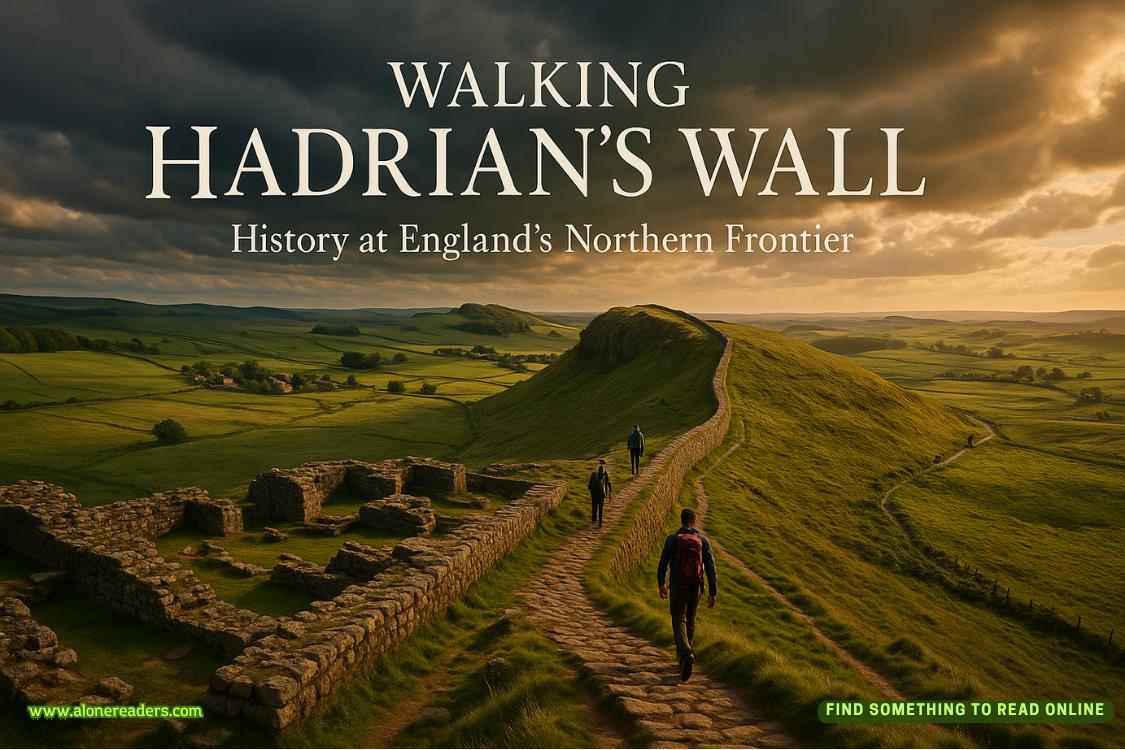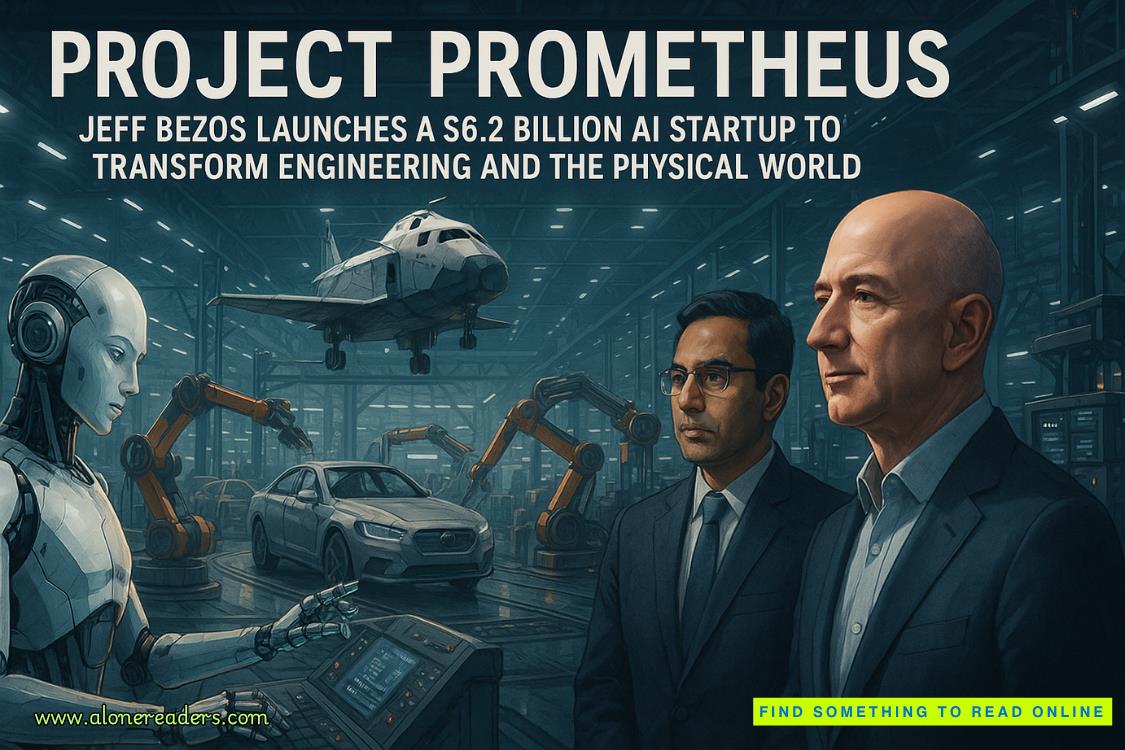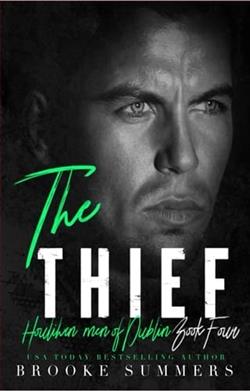Page 9 of The Winter Princess
I nod and return to my suite, imagining an alternate evening, one in which I showed up to deliver a lecture to a nearly empty room, a rote press release went out in the morning, Oskar Velasquez didn’t have to come if he didn’t want to, and everything went according to plan.
In that other world, my hands wouldn’t have wound up against his chest.
I rub my palms together, trying to overlay the memory of it, feeling the echoes like a song that won’t get out of my head. I place my shoes neatly side by side and reach for the button securing my dress. Oskar’s jacket slides from my shoulder, bringing the scent of nutmeg and lemon.
A wash of cool air chills my back and, pulling my hair aside, I turn, inspecting the damage in a full-length mirror. I take a sharp drag of air through my teeth. Much worse than I imagined. The material is ripped from neck to waist, the delicate embroidery hanging in threads. I tug the jacket from my other shoulder, holding the collar loosely in my hand. Not good.
Careful not to do any more damage, I step out of the dress, tracing the thin white scar running from the nape of my neck past my shoulder blades, the sinuous line offset from the trail of my spine. An angry red scratch raised by Director Knauss’s rough handling pulses alongside it, and I feel the tender shift of muscle, leaning back for a closer look.
Disaster.
After changing, I switch on a recording ofNessun Dormaand roll out my yoga mat, assuming a side plank position. I close my eyes, willing the seconds to pass quickly. My muscles tremble. Exactly halfway through, I switch sides, the new group of muscles getting the same punishing treatment. “Vincerò, vincerò.”I will win. I will win.The last lyrics fade, and I drop onto my back, breathing with more effort than I’d like.
My eyes narrow on Oskar’s jacket and I frown. I’ll have to thank him. In a high-stress situation, his quick thinking protected my privacy. As it is, people don’t think of me without thinking of my back.
There’s not a rope line I walk where I don’t meet some teenaged boy bragging that he has more titanium in his spine than I do, or a young girl in a brace holding a “My Princess Has Curves” sign. The fashion press has picked up on the fact that my high-necked retro style keeps my scar hidden from view. They wonder how bad it could be. For longer, weightier pieces, reporters haul out my scoliosis story as an inspiration.
When I finally slip between the sheets, waiting for sleep to claim me, my thoughts take two wildly different paths. I’m thankful to Oskar for shielding my scar and backside from the news-consuming public. Very thankful. Couldn’t be more thankful. Give me a sash and a scepter, crown me Miss Gratitude.
But, also, if someone had to see me at my worst, why did it have to be him?
At the breakfast table, I drag a copy ofThe Holy Pelicanclose. The image on the front page shows me tipping perilously, mouth agape, while Director Knauss’s snarling face takes up the other half of the frame. I can’t be mad at the picture, considering the one they almost got. I look amazing in that dress, while the director looks like a rabid prisoner escaping wizard jail.
The headline reads “Knauss Caught With His Hand in the Till,” and I scan the story, mumbling to myself. “Director Erik Knauss, 57…double life…luxury apartment…diverted funds…worked at an accountancy firm for many years before helming The National Museum and promising to follow the government’s lead in implementing austerity measures…”
I snort. Austerity measures. Stealing millions and making The Nat survive on breadcrumbs is one way to get it done.
As soon as my morning commitments are concluded, I race to the museum, following the directions of a lanyard-wearing volunteer to the crowded conference room. I slip into the back to see that the news is playing on the screen at the head of the table, catching the tail end of the segment.
The perky news host furrows her brow. “Prime Minister Torbald, in The National Museum at the time of the arrest, was asked to comment.”
The feed cuts to the prime minister’s residence, the front door in the full autumn sun, showcasing a livid bruise on his forehead. Shoulders hunched and eyes squinting, the prime minister mumbles his way through a statement in a way only aristocrats can get away with.
“Of course, it’s very sad. Very sad. Very, very regrettable. A man in a position of trust to abuse it as he did is a shock to the whole country.”
Heads nod around the conference room. For the first time, I feel in complete harmony with the prime minister and a calm reassurance pervades me. Constitutional monarchy is such a sane, reasonable way to run a government.
The prime minister continues. “Unfortunately, my visit to the museum brought home the sad fact that The National Museum has become inaccessible, irrelevant, and wholly unnecessary to Her Majesty’s people.”
The room erupts in a collective gasp and Marie slaps a hand against the table. “There’s more,” she says, pointing at the screen. We quiet, staring in fascinated horror as the man goes on.
“…met with key figures in my cabinet to address this worrying situation.” With enough command of the facts to communicate that this meeting wasn’t had while queuing up for coffee, he outlines admittedly bad attendance figures and large-scale charitable contributions, landing deftly on one damning fact. “By far, the greatest endowments are from the government.” He shakes his head sorrowfully and places a hand over his heart. “No one loves art as I do. No one cherishes our cultural heritage more,” he says.
I make an inarticulate, outraged snort, reminded of how he spent most of last night in a bovine huddle, holding forth on tariff negotiations, his back turned away from some of the greatest art in the world.
“I’m grieved by this turn of events, and I continue to be shocked. However,” he says, eyes suddenly trained into the camera, dropping his man-of-the-people guilelessness, “while Director Knauss might have stolen money from the museum, the museum has sponged far more from the citizens of Sondmark with no return on investment. In the coming days, I will ask Her Majesty’s government to turn off the spigot.”
When the perky news host pivots in her chair, saying, “Strong words from the prime minister…,” all hell breaks loose in the administrative conference room of The National Museum.
Before the enormity of the problem threatens to overwhelm me, I begin building a containment area for my worries, ruthlessly throwing all kinds of things over the wall if they’re not my concern: Broken drinking fountains? Over the wall. Funding shortfalls? Wall. The backlog of repairs? New purchases? Storage fees? Wall, wall, wall.
I have to focus on the exhibit. With the prime minister’s words, the life I’m carving out on my own—a life that goes beyond the crude shorthand of being a royal princess or battling spinal malformation—is under siege.
I think of the director’s office—the opulent carpet, the ornate fittings, the hand-crafted bookshelves lining the walls. All empty. My fingers tighten into a fist. That should have been my first clue. Never trust a man with empty bookshelves.
Though the room is still loud, the noise organizes itself into a familiar pattern. This is the way Sondish people deal out the plain-speaking we’re known for the world over. A dozen department heads and assistants shout over each other, each complaint threaded between and through counter-complaints, woven tightly enough to hold water.
“He denied me funding for more audio guide headsets,” Agnes huffs. “Such short-sightedfennig-pinching. Half the ones we have are broken and the narration so out of date—”















